Rethink ED: 3 Hallmarks of the Future of Learning
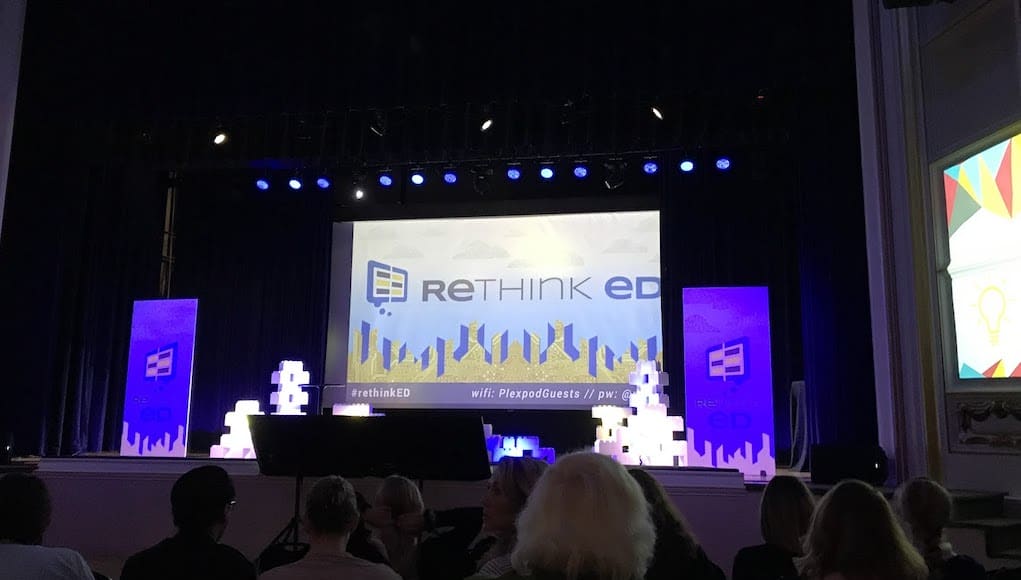
Last week, innovators in education gathered together in Kansas City, Missouri at Rethink ED (#RethinkED), an event co-sponsored by the Kauffman Foundation and the Debruce Foundation. The goal: to Rethink Education. The event venues were primed for creativity, breakout sessions and conversations about what can be and what is being done to improve education.
Kicking off at Kaleidoscope, a (typically) children’s creative playground located on the Hallmark campus. Here, arts and crafts are celebrated and space was personalized with small food tables ranging from Poke bowl stations to sliders and drinks. There were stations to engage with poetry on the walls of a glow-in-the-dark room, a place to make 11 piece puzzles, a place to create bookmarks that were then donated and much more. This set the tone for the conference — professionals getting out of their comfort zone and participating in hands-on engagements with creativity and outside the box thinking.
Three focal points of the event were: equity, student-centered learning, and real-world learning, key elements of the future of education.
Equity
Much of the focus of Rethink ED was on leading with equity and turning an eye to the things that define high-quality equity work, represented by a diverse general attendance as well as a varied and powerful panel of speakers. It was later cemented by an organization out of St. Louis, Missouri called Creative Reaction Lab (@CRXLab). This organization utilizes a framework/mindset called Equity-Centered Community Design (ECCD) to think about problems and challenge the status quo.
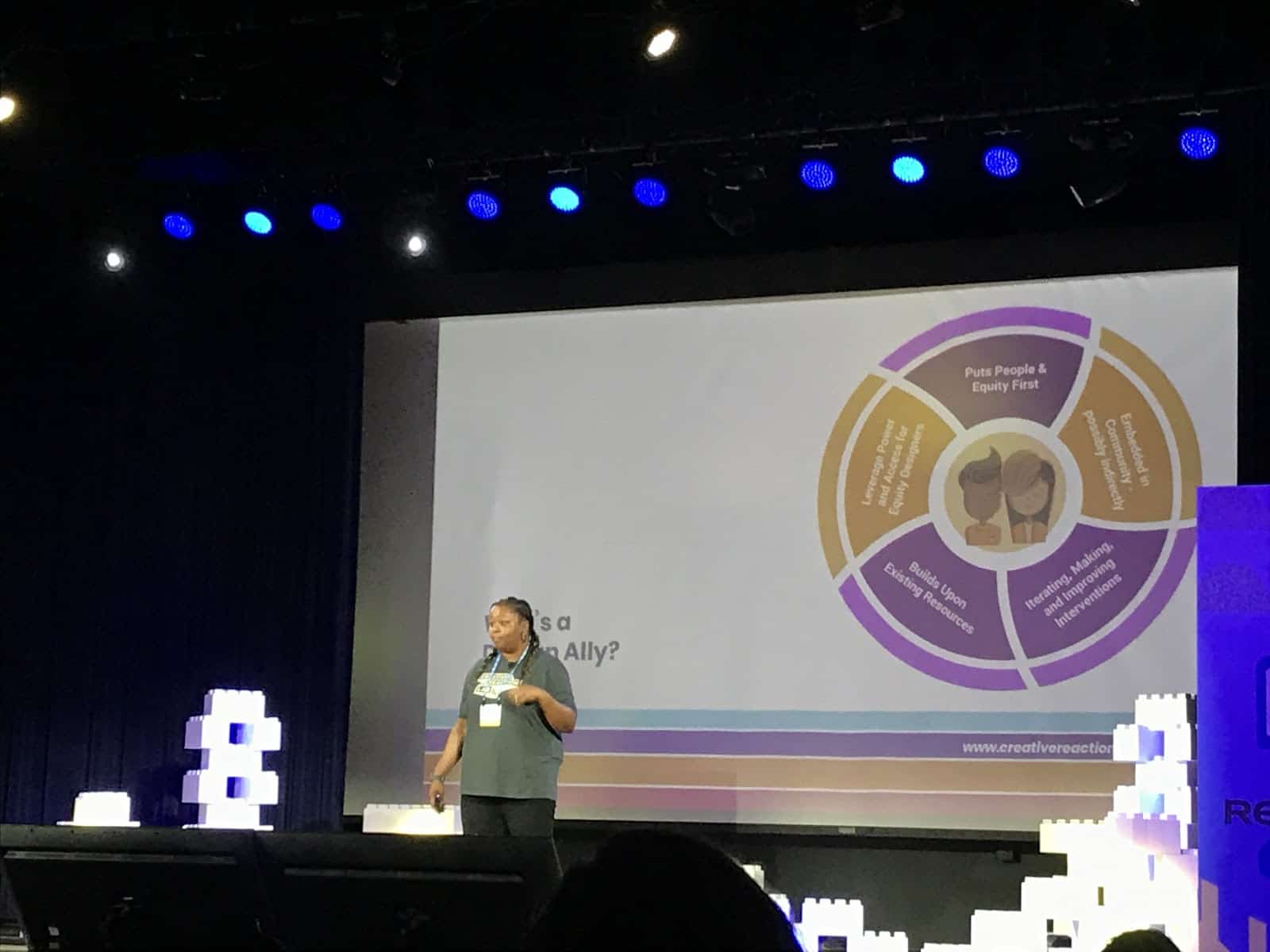
This framework was applied to the conference challenges — three big-picture questions about how to better improve the post-secondary experience, how to improve K-12, and how to empower students as citizens. The ECCD framework looks quite a bit like design thinking, but places additional stress on the ‘empathize’ and ‘define’ phases, ensuring that those using the framework are continuously revisiting the question of “who are we unintentionally impacting with our actions?”
Much of this framework centers on the need for humility when using empathy and a revisiting of crucial terms like equity vs. equality and diversity vs. inclusion. When using it, it is important to continue to address that you only know what you know and to bring people to the table who have lived experiences in the conversations at hand. This is essential legwork in getting people to consider and include new voices in problem-solving, while also a beacon for large system reform and interpersonal intentionality within learning systems.
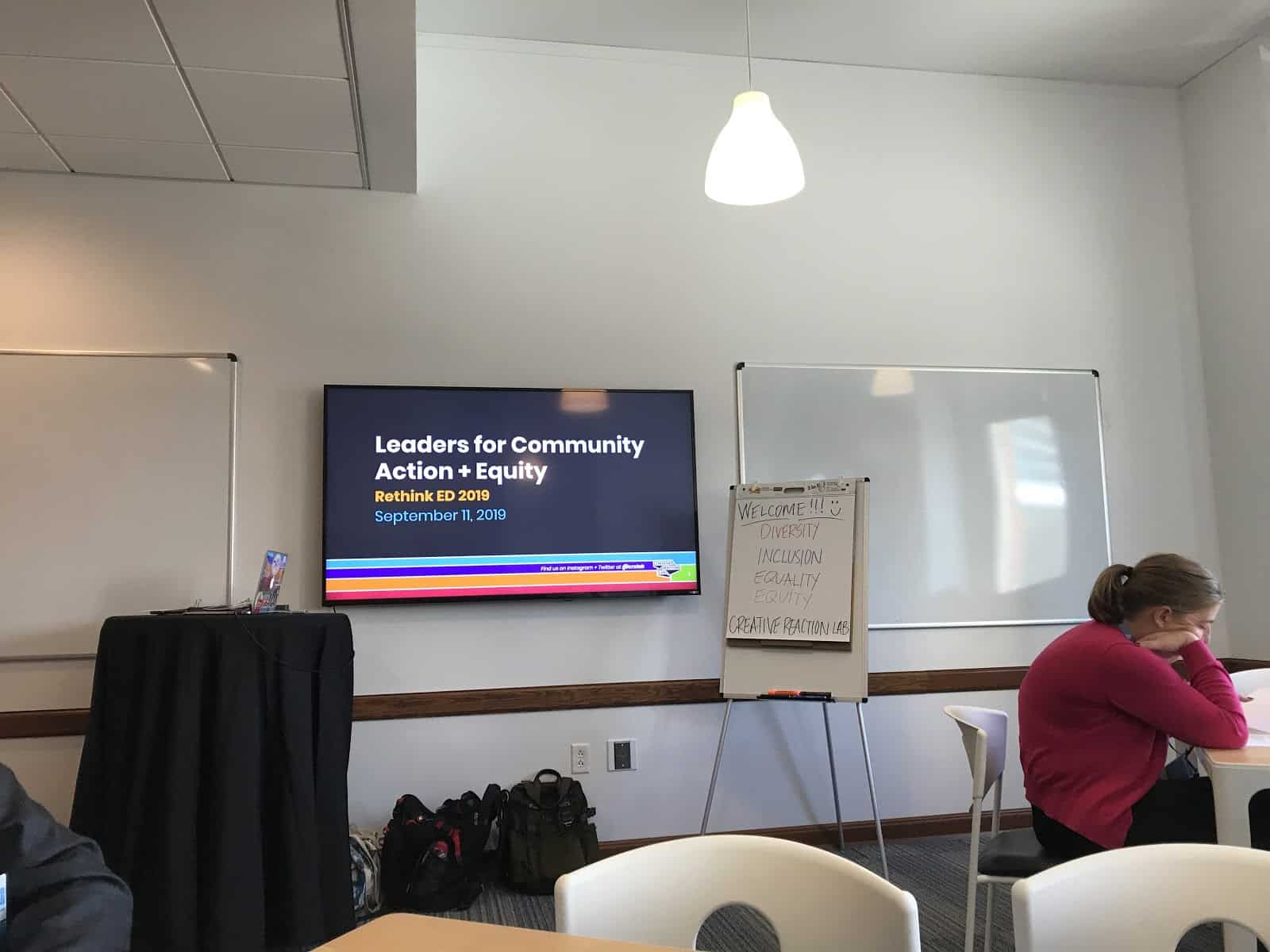
Student-Centered Learning
Perhaps the most uniquely powerful element of the conference was the attendance of students from local KC high schools. These students attended breakout sessions and were encouraged to voice their opinions and help ideate to solve problems. Their wisdom helped many of us to better navigate the questions and challenges at hand. Although student attendance was a crucial component to the event, there were two speakers in particular who rallied the conference around student-centered learning.
One standout was Dr. Vivienne Ming (@neuraltheory) — a theoretical neuroscientist and serial entrepreneur with particular emphasis on Artificial Intelligence (AI) and machine learning. In both talks, Dr. Ming went long on how at its best machine learning will automate away the bulk of the rote tasks of day-to-day jobs and activities. However, this was not said with fear or spite, simply confidence. In this context, the imminent rise of AI and automation was used as a catalyst for the nurturing of humans and better developing SEL as early as possible.
Through Dr. Ming’s Muse project, she has launched a machine learning campaign that uses text conversations to take in small bits of information about a child (provided by the parent) and pairs that information with curriculum from a research curriculum bank. These two variables are then combined and sent back to the parent as “the best activity to do with your child for the next 15 minutes.” These agile project-based learning sprints not only strengthen the relationships between child and adult but also, over time, increase agency and curiosity in the child.
Dr. Ming now leads Socos Labs, an experimental think tank that’s focused on solving interesting problems. Often times these problems come in the form of emails, prompting Dr. Ming her team to get to work. When asked about what jobs will be needed in the future, Dr. Ming answered simply: “creative, adaptive problem explorers.” This certainly fits into the larger picture of the future of work, as well as student-centered learning and an underlying hunger to instill all learners with a sense of agency.
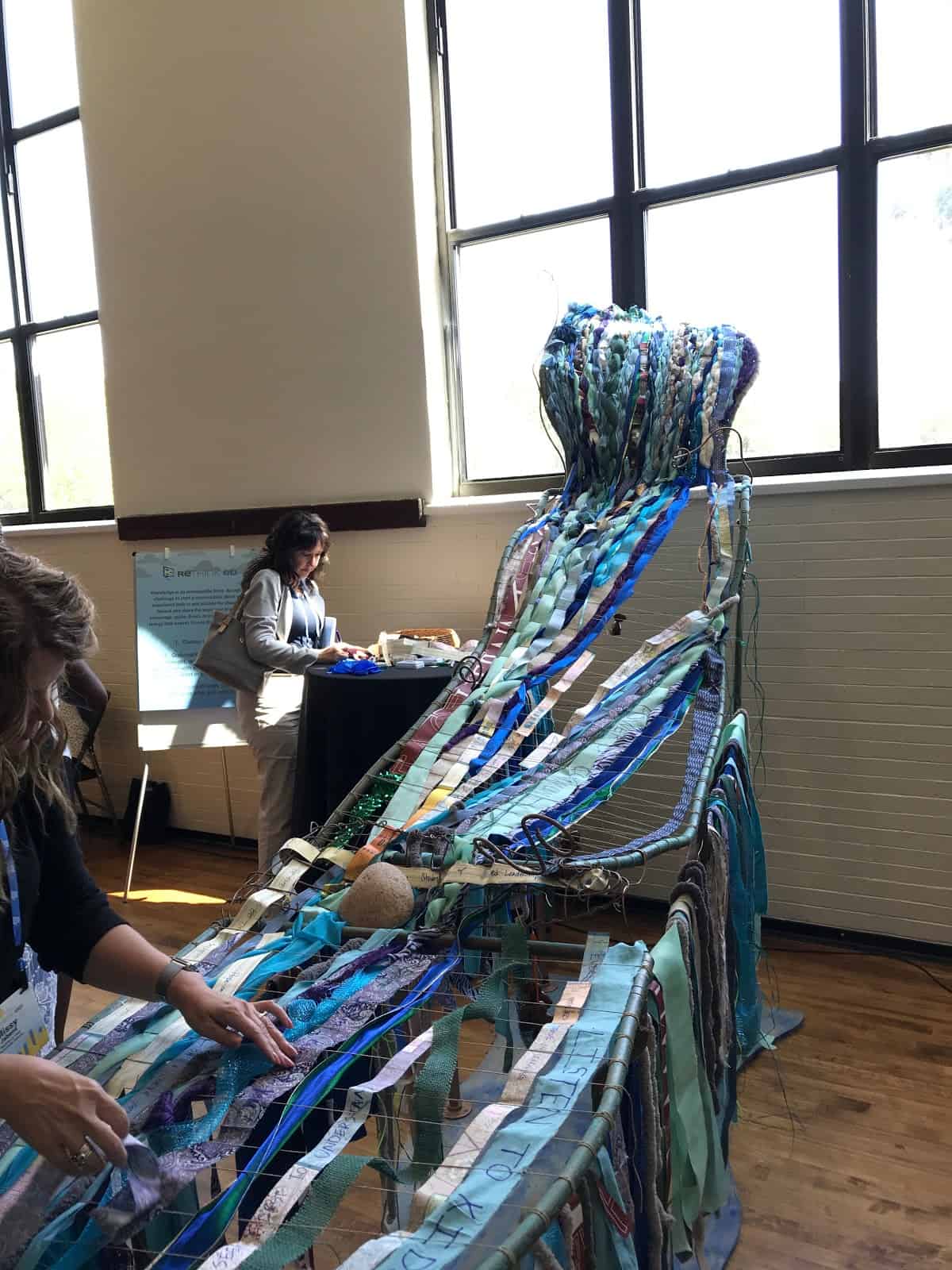
Marcus Strother (@MarcusLStrother), Director of Youth Development at Sacramento Unified School District and founder of LEAAP, connected emotionally with the simple sentiment of “a student will not listen… to someone who does not love them.” Throughout his work, Strother continues to preach love as the true catalyst for change and learning: “Once the student feels loved, the rest will fall into place.”
Strother’s work is centered around #LifeDataMatters, a concept that largely can be boiled down to ‘what happens outside of the classroom has to be considered inside the classroom.’ This is a huge component of SEL and other student-centered learning initiatives that are gaining momentum in schools across the country.
Real-World Learning
Getting students real, practical work experience continues to be an evolving trend at numerous schools and districts. It is a potent, and effective supplement to the student-centered/equity component and one that is necessary to embrace the changes that have already begun to take place in the post-secondary space. Two organizations that stood out at Rethink ED were Careerwise and Paul Quinn College.
CareerWise is an organization that serves as an intermediary between high schools and businesses to create a talent pipeline for professions that are not typically viewed as “trades”: accountants, financial analysts, etc. This organization is focused on getting students into the field to develop professional skills earlier and to help create alternative pathways for post-secondary life.
Another session was led by Dr. Chris Dowdy (@JehiahDowdy), Vice President of Academic Affairs at Paul Quinn College. This historically black college, located in a southern, underserved part of Dallas, has gone through major transformations in the last 10 years as it has coped with complex and stifling challenges. These challenges include but are not limited to, being located in a food desert and attempting to help students find jobs that enable them to remain focused on academic pursuits.
Not only did Paul Quinn College convert their football field into a fully functioning farm that provides produce for their student body as well as their local community, but they also slashed tuition prices, and implemented a work-for-school policy that has dramatically lowered the amount of debt each student leaves with — while also increasing the practical hands-on experience that each student takes into the workforce. These practical solutions to difficult challenges encouraged rethinking what defines education.
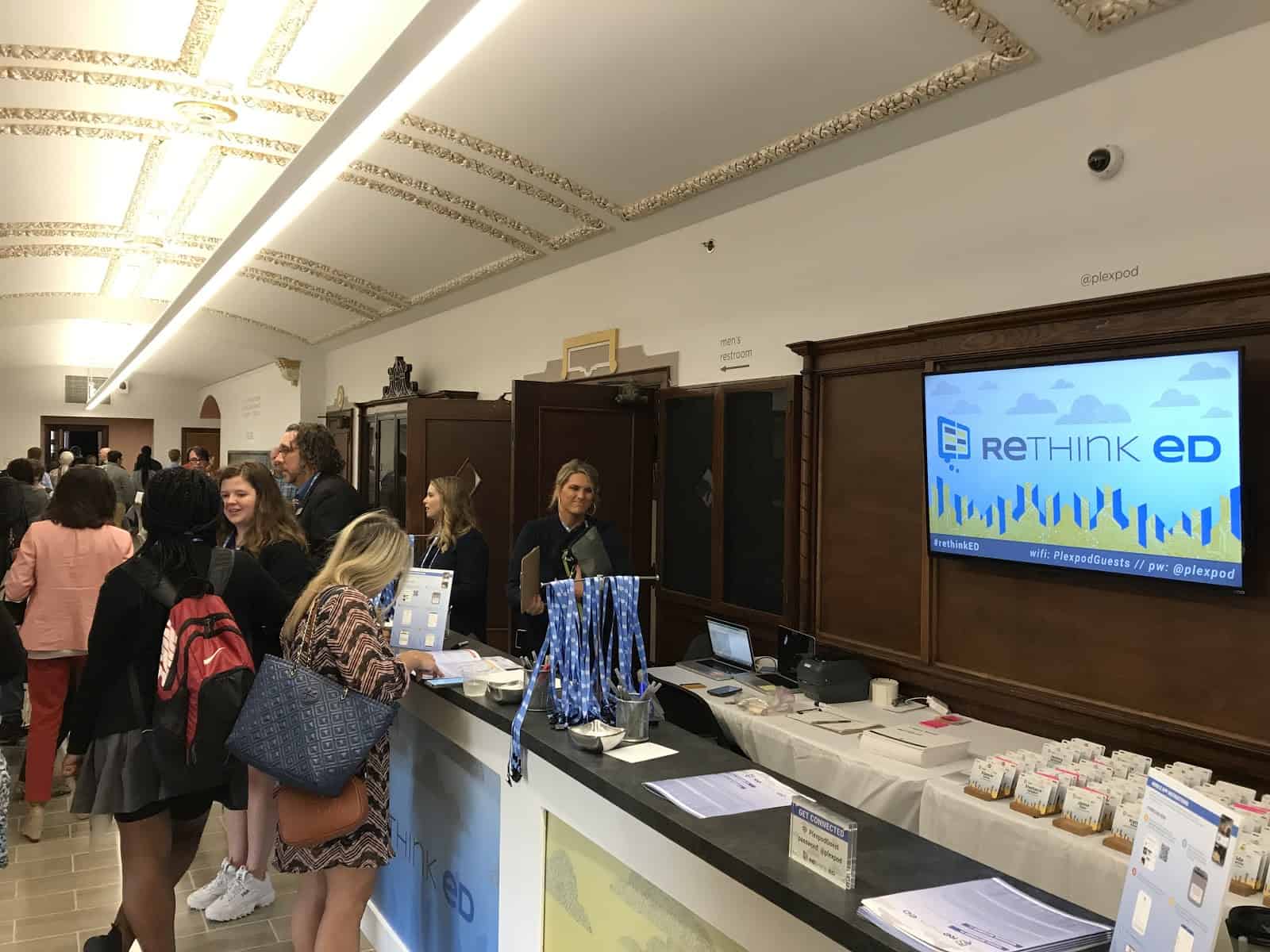
Through these three trends in learning innovation, a hopeful image of the future of education began to arise — a system that works for students and creates minimal friction as learners navigate towards purpose and a more equitable future.
For more, see:
- #IRL: 20 Tips for Real Life Learning
- Build Skills for 2030 Now With These Ideas
- Four Mega Trends Reshaping Global Learning
Stay in-the-know with all things innovations in learning by signing up to receive our weekly Smart Update. This post includes mentions of a Getting Smart partner. For a full list of partners, affiliate organizations and all other disclosures please see our Partner page.
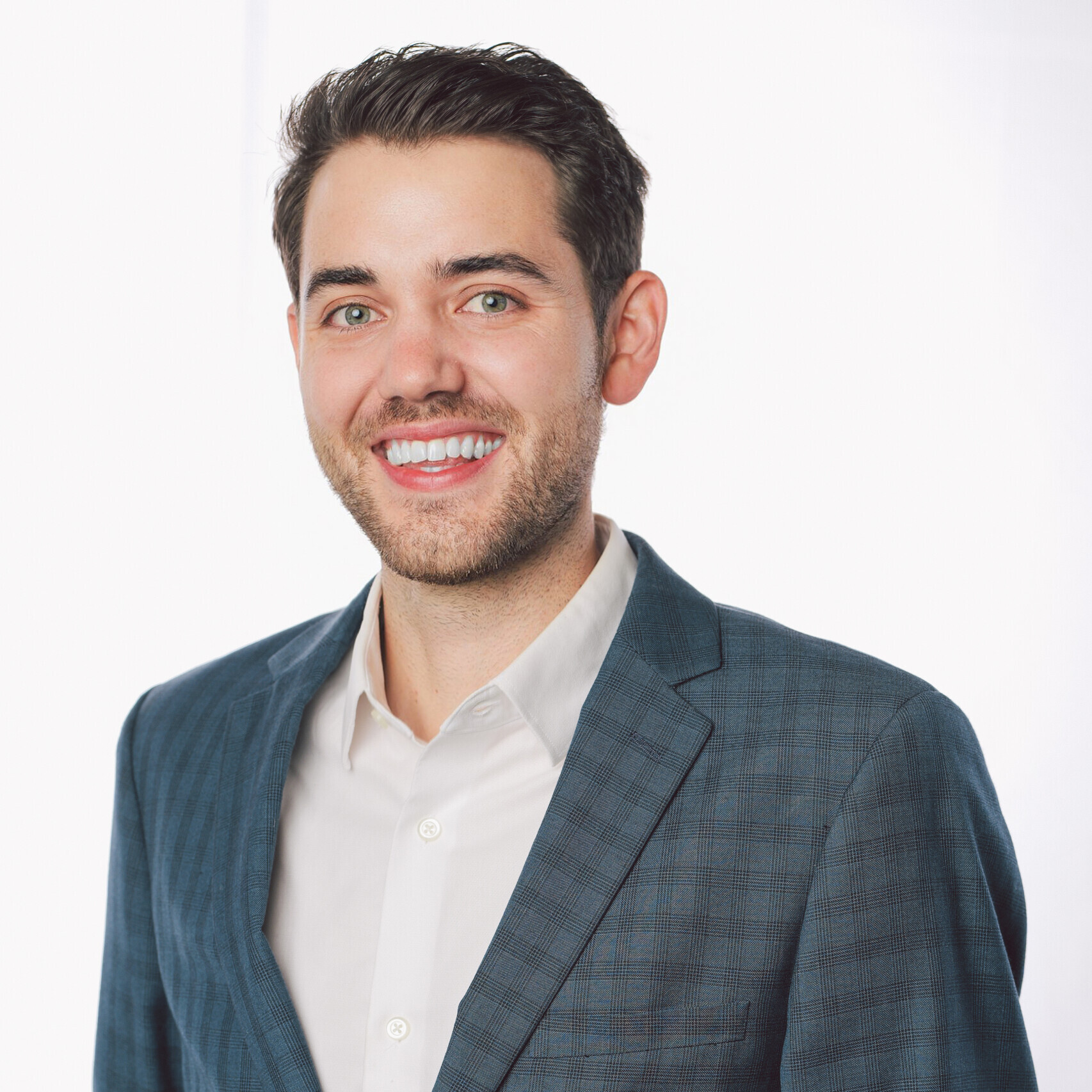






0 Comments
Leave a Comment
Your email address will not be published. All fields are required.